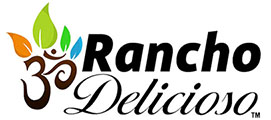Cashew Nuts and Cashew Apples
Cashew Nut
This Kidney shaped seed originated in Brazil but was spread to other tropical nations in the 16t Century by the Portuguese. The nut is produced by the Cashew apple fruit which yields one nut per fruit, which explains why they can be fairly pricey. The outer shell in which they grow contains a toxic cashew balm called Caustic Resin that must be removed before consumption and is used in industry for the production of insecticides and varnishes. Cashew nuts are high in Monounsaturated fats which in turn reduce Triglyceride fat levels in the blood from developing, that are known to cause heart agitation. Studies suggest that it is the high sourcing of Antioxidants in the nut that brings Cashew munchers closer towards a healthy heart. Cashews are a great source of Phosphorus, Magnesium, Manganese, Zinc and most dominantly Copper. The Copper acts as a stimulating force for iron utilization, elimination of free radicals, development of bone and connective tissue, and the production of the skin and hair pigment called melanin, playing a role in a wide range of physiological processes.
Cashew Apple
These peachy pink fruits have been hanging treats in the trees on the side of the roads and the joys that quench my thirst on long jogs or walks in the dry heat. Fibrous and juicy it is often made into a syrup, as it is quickly perishable. In India, for its sweet taste and various health benefits the fruits are trampled to extract the juice for a distilled liquor known as Feni. Known to reduce fever and help regulate blood sugar levels, the magnesium in the fruit also helps prevent Calcium from entering our nerve cells and creating muscle tension and spasmodic episodes. Cashew apple juice, without removal of tannin, is prescribed as a remedy for sore throat and chronic dysentery in Cuba and Brazil. Fresh or distilled, it is a potent diuretic and is said to possess soporific properties.















